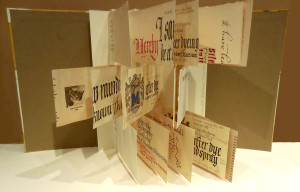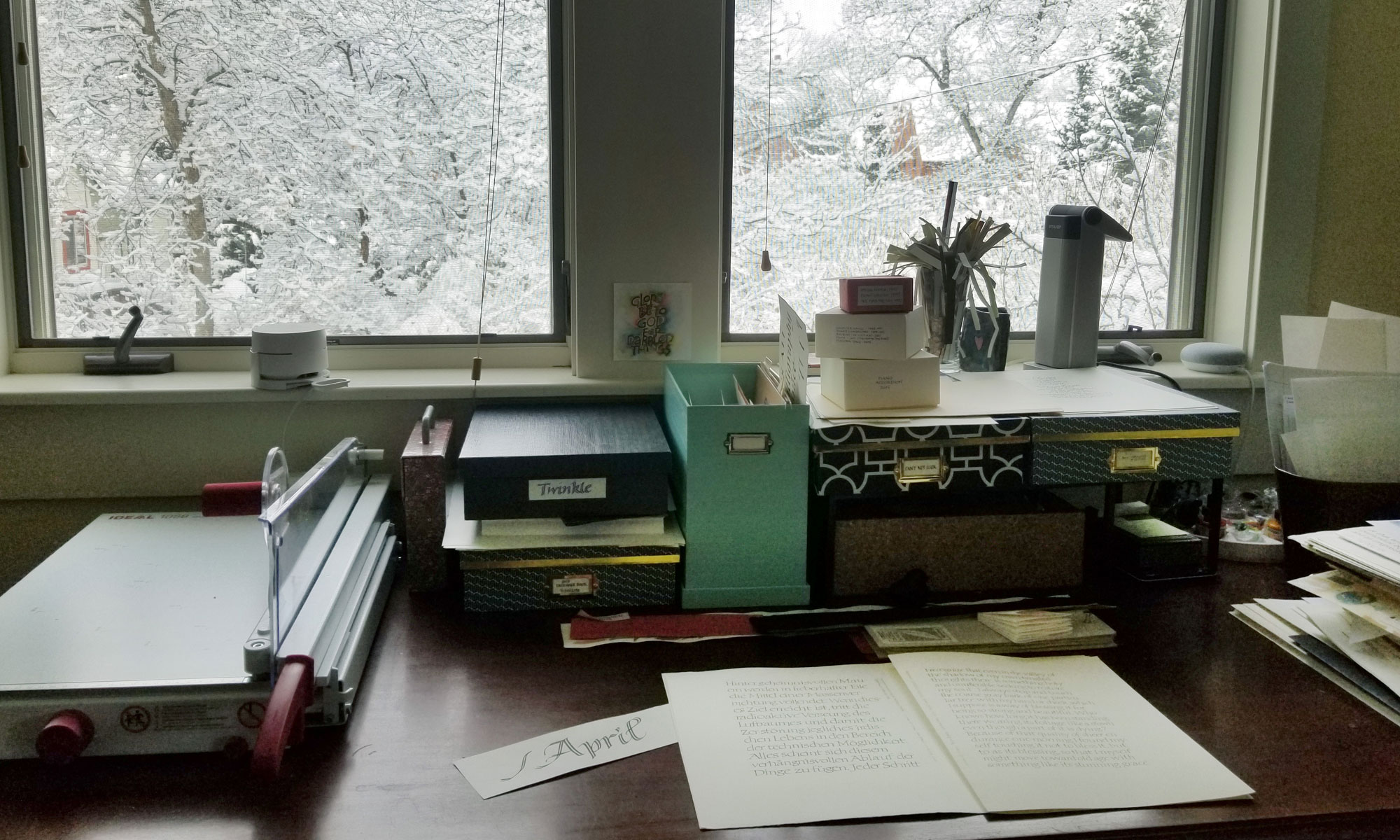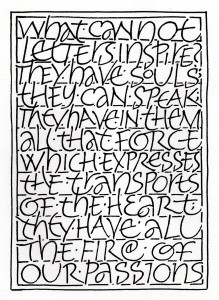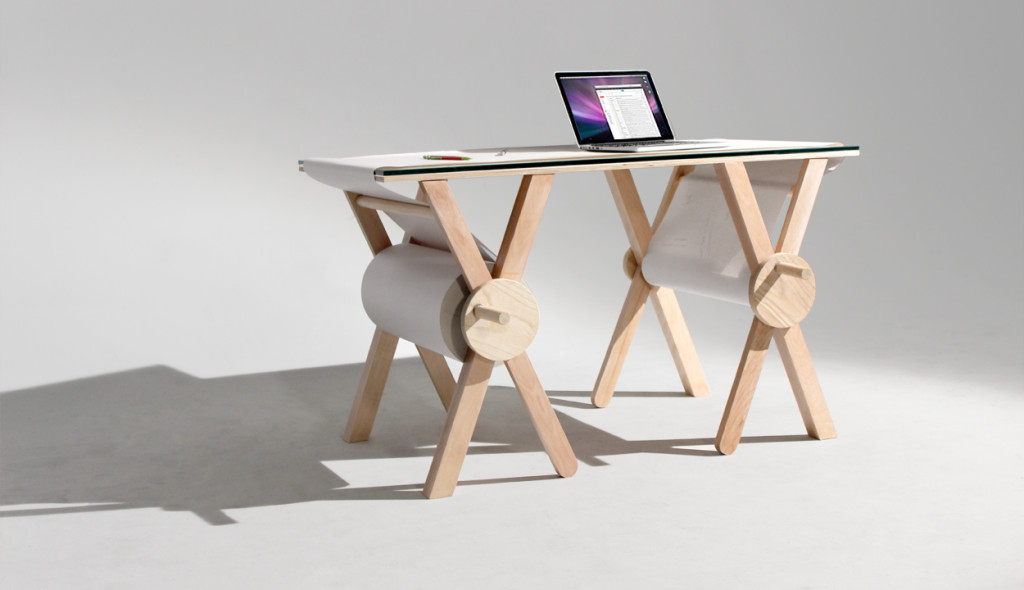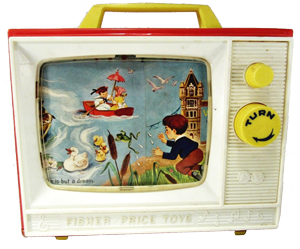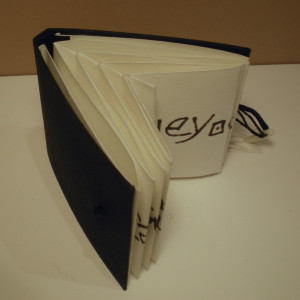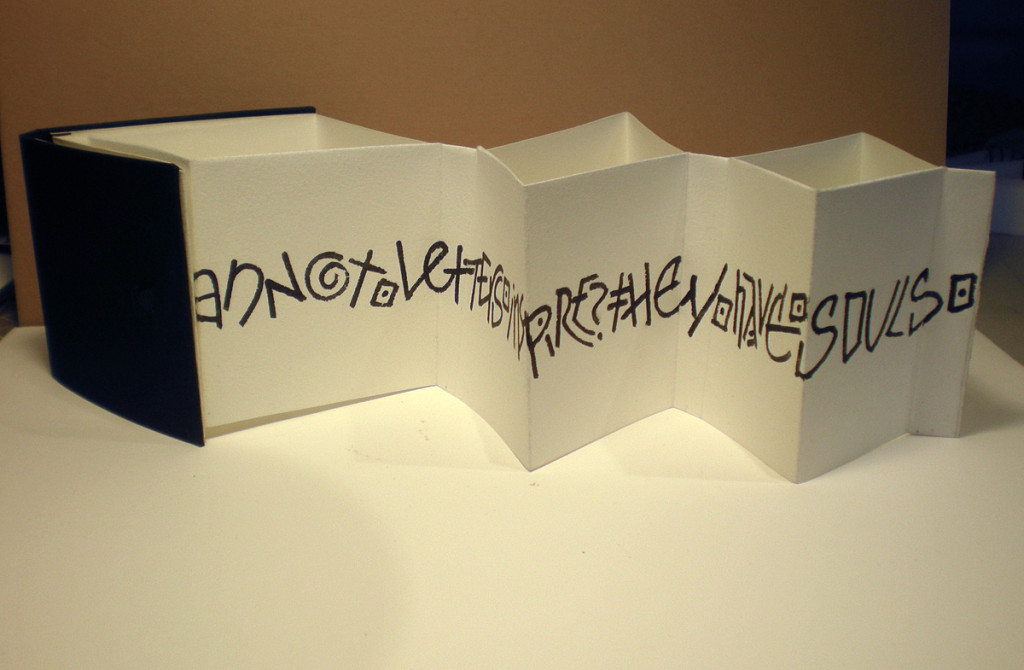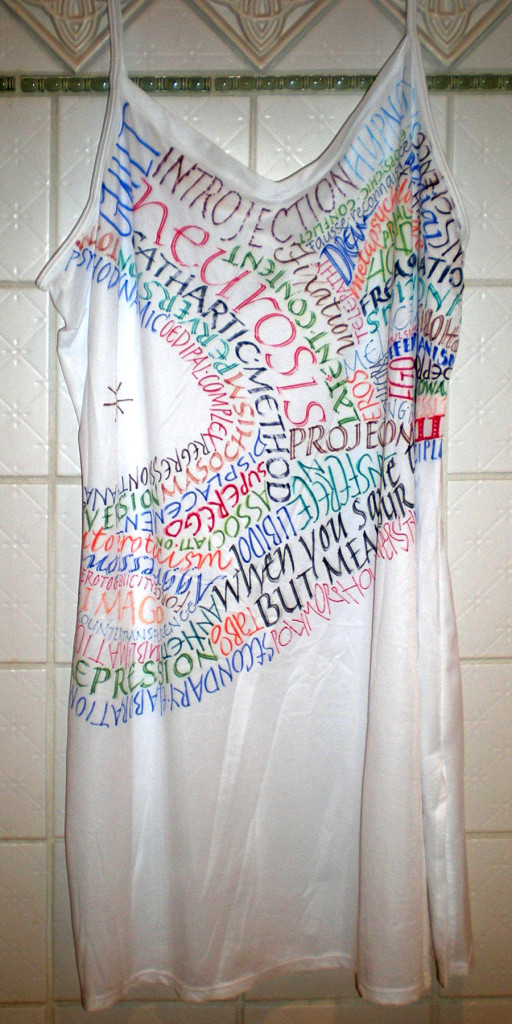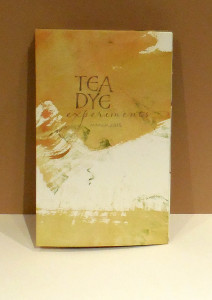 So after I finished the faux-medieval invitations yesterday, I cut up all the tea dye trials and made flag book of them for future reference.
So after I finished the faux-medieval invitations yesterday, I cut up all the tea dye trials and made flag book of them for future reference.
The covers are not tea dyed; they are gouache on Arches Text Wove, on boards. Most of the trial papers were Strathmore Drawing 400, 80-lb. and 100-lb. weights, although I also tried out a couple of watercolor papers. A few sheets were included with no tea dyeing, for comparison.
On some sheets I lettered before dyeing, and on some I lettered afterwards. Some sheets I spray-fixed after dyeing, some not. Some I lettered with stick sumi, some with bottled sumi, some with gouache. Some I printed on, both before and after, using various printer settings.
I didn’t have to iron or otherwise flatten the pages, partly because I had dried them under light weights between layers of blotting paper and corrugated cardboard, but also because I didn’t use light-weight papers.
Book size is 5″ x 8″. Endpapers are Canson Mi-Tientes, a poor choice I continue to make on a regular basis. It’s a poor choice for me because it curls so much when the glue is applied.
